8 Beaten-Down Energy Stocks to Buy Low
It's been a wild ride for energy investors.
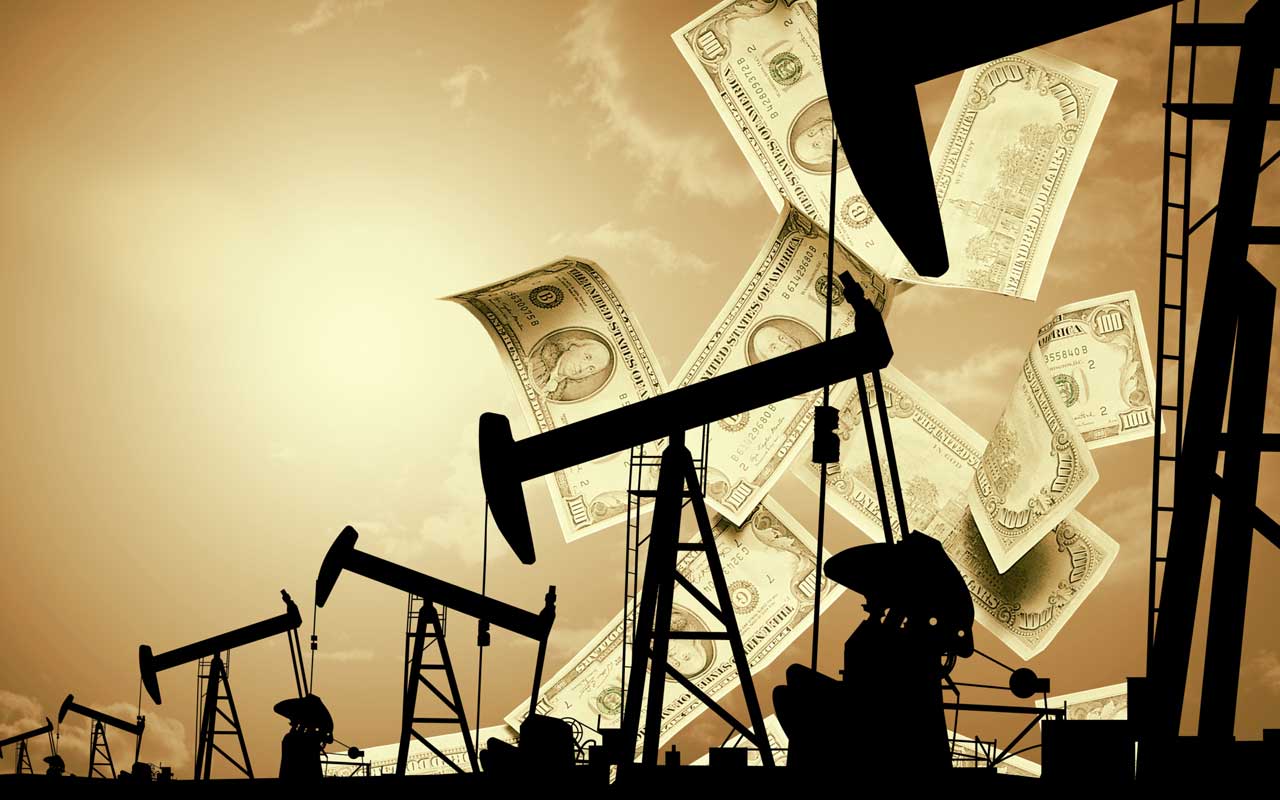
It's been a wild ride for energy investors. Stocks of small U.S. energy companies fell 51% from June 2014 to March 2015, while midsized firms surrendered 37%. But after the price of oil seemingly bottomed out at $43 per barrel in March, these stocks appeared ready to take off.
The hope of a big turnaround was short-lived, though. Oil prices began to tumble again in June, thanks in large part to worries over slowing global economic growth. On August 24, oil sunk to $38 per barrel, its lowest level since February 2009. Energy stocks retreated as well. From June 10 to August 26, small energy firms surrendered 41%, and midsized companies slumped 30%. A late-summer rally saw oil claw back to $45. Kiplinger is forecasting that oil will trade between $40 and $45 per barrel by December.
The volatility has not spared stocks of eight small and midsized energy firms that we picked in June as being ripe for a turnaround. That said, the sell-off has pushed many of the stocks below analysts’ fair-value estimates. And lower oil prices are forcing the companies to operate ever more efficiently. That should pay off handsomely in the long run. “The companies that are priced to go out of business but don’t, are the ones likely to skyrocket once the worst is behind them,” says Sam Stovall, managing director of U.S. equity strategy at S&P Capital IQ.
Take a look at an update on our eight high-potential energy picks.
All figures as of August 31. Stocks listed in alphabetical order. Performance of small energy companies represented by Standard & Poor’s SmallCap 600 Energy index, a measure of U.S. firms with a maximum market value of $2 billion. The performance of midsized energy companies is represented by S&P Midcap 400 Energy index, made up of firms with a top market value of $9.5 billion. Oil prices refer to West Texas Intermediate, the U.S. benchmark for crude.
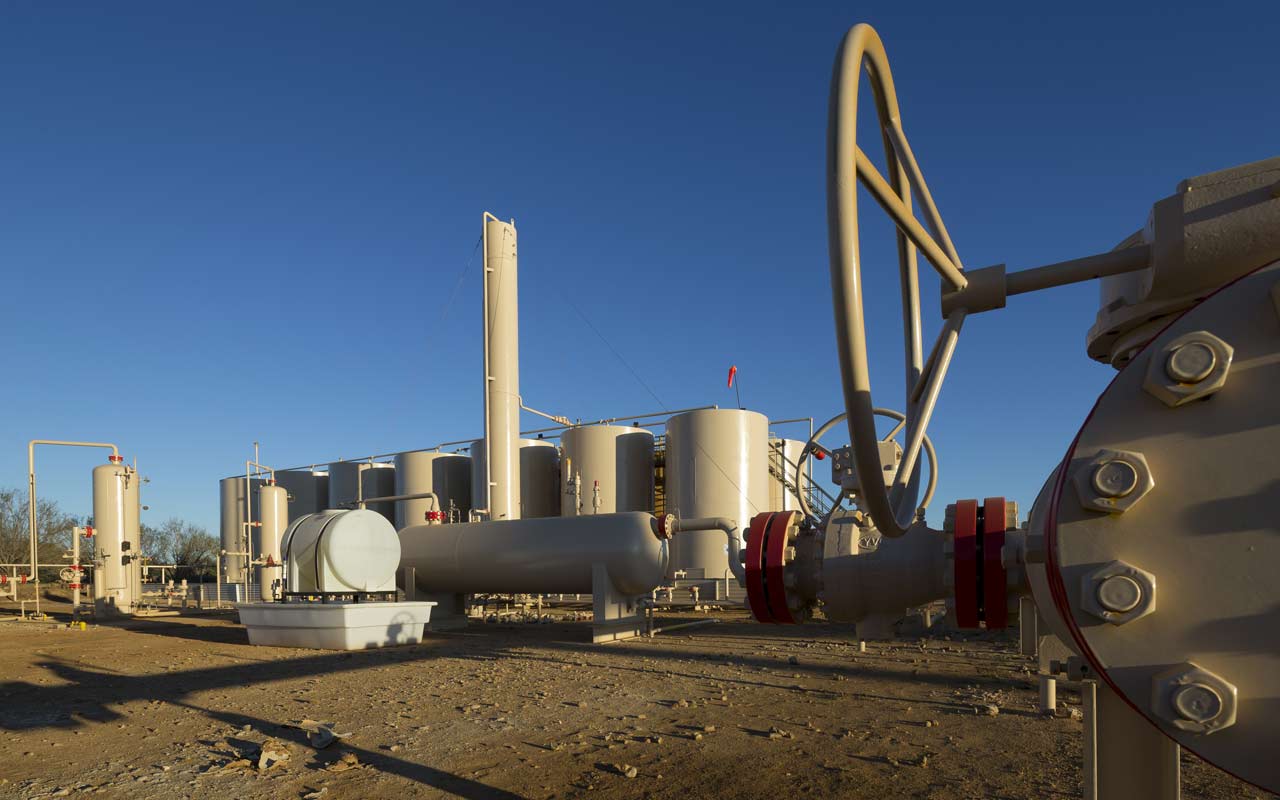
Carrizo Oil & Gas
- Share price: $36.43Headquarters: HoustonMarket capitalization: $1.9 billion52-week high/low: $62.73/$27.79
Carrizo Oil and Gas’ stock price has fallen by more than half from its high of $69.40 in July 2014. But even as the stock (symbol CRZO) gets pummeled, the exploration and production concern is taking steps to solidify its business. The company works 84,000 acres in the Eagle Ford Shale, in the southern part of Texas. There, the breakeven cost for producing oil is among the lowest of U.S. shale plays, and Carrizo has taken steps to drastically trim costs without sacrificing production. Company officials say Carrizo has reduced its Eagle Ford Shale well costs by more than 35% since the end of last year. They add that the company plans to drill as many wells in 2015 as it did in 2014, using one less rig.
As with most E&P firms, earnings are falling. Analysts say Carrizo’s profits will decline by about half in 2015, to $1.09 per share, and drop to $0.62 in 2016. The ratio of Carrizo’s net debt to earnings before interest, taxes, depreciation and amortization (a measure of how many years it would take a company to repay its debt) was 2.6 as of the end of June. Anything at about 2 or less is ideal, says Bill Costello, a portfolio manager at Westwood Holdings Group, a money-management firm, but he says the Carrizo’s debt load is still manageable. Carrizo, for one, has put hedges on 70% of its remaining 2015 production, locking in an average minimum price of $50 per barrel. Credit Suisse analyst Mark Lear is positive on the stock and has set a 12-month price target of $52.
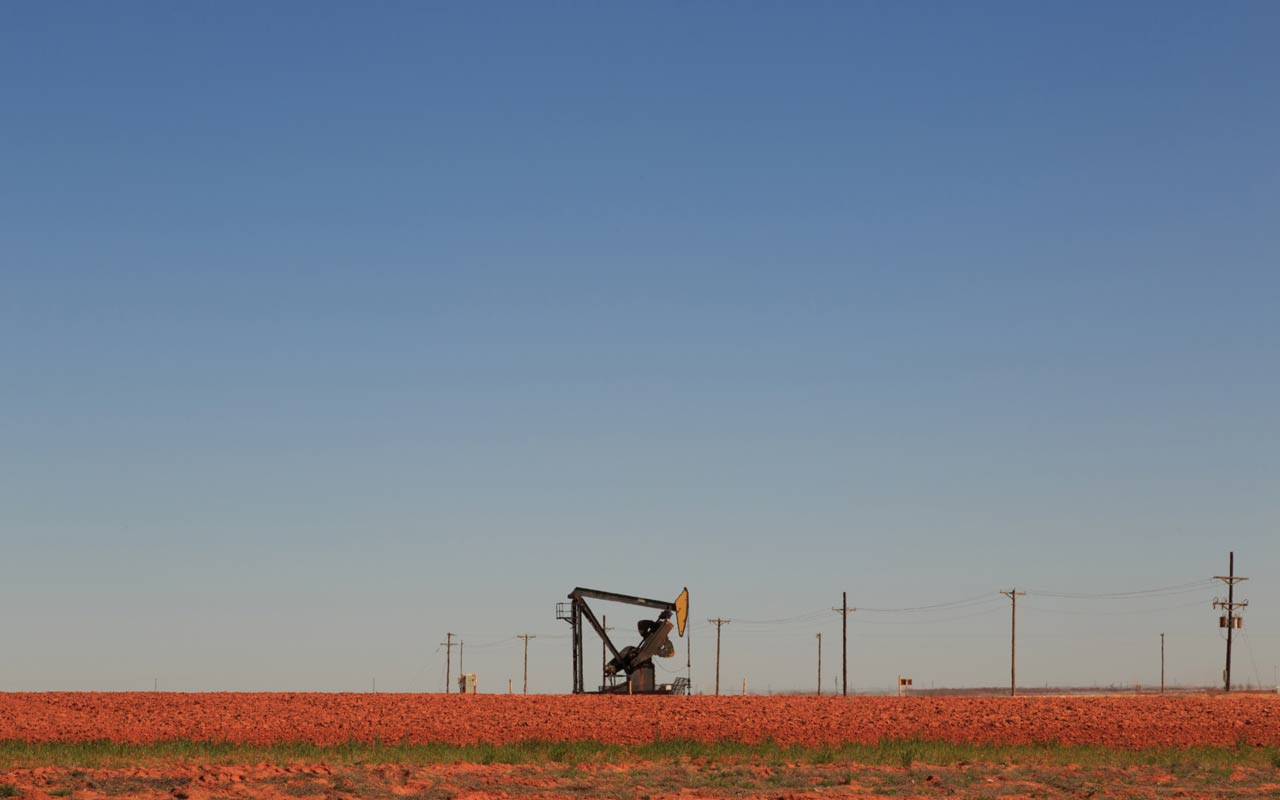
Diamondback Energy
- Share price: $68.29Headquarters: Midland, Tex.Market capitalization: $4.5 billion52-week high/low: $86.72/$51.69
Diamondback Energy (FANG) works entirely in the Midland section of the Permian Basin in the western part of Texas, another area rich in shale. As of the end of June, the E&P firm had a claim on more than 85,000 acres there. “The Permian has some of the best economics among U.S. oil fields,” says Jim Margard, manager of the Rainier Small/Mid Cap Equity Fund. The oil is flowing, too. Execs at Diamondback estimate that production will rise by as much as 68% this year.
At the same time, Diamondback has been reducing costs. The company reports that with oil at $40 per barrel, it can generate a return on revenue (a measure of a company’s profitability) of 30% to 70%. Even if oil prices fall further, Diamondback is in sound financial shape, with a net debt-to-EBITDA ratio of 2.0 as of the end of June. Morningstar analyst David Meats pegs Diamondback’s fair value at $81 per share.
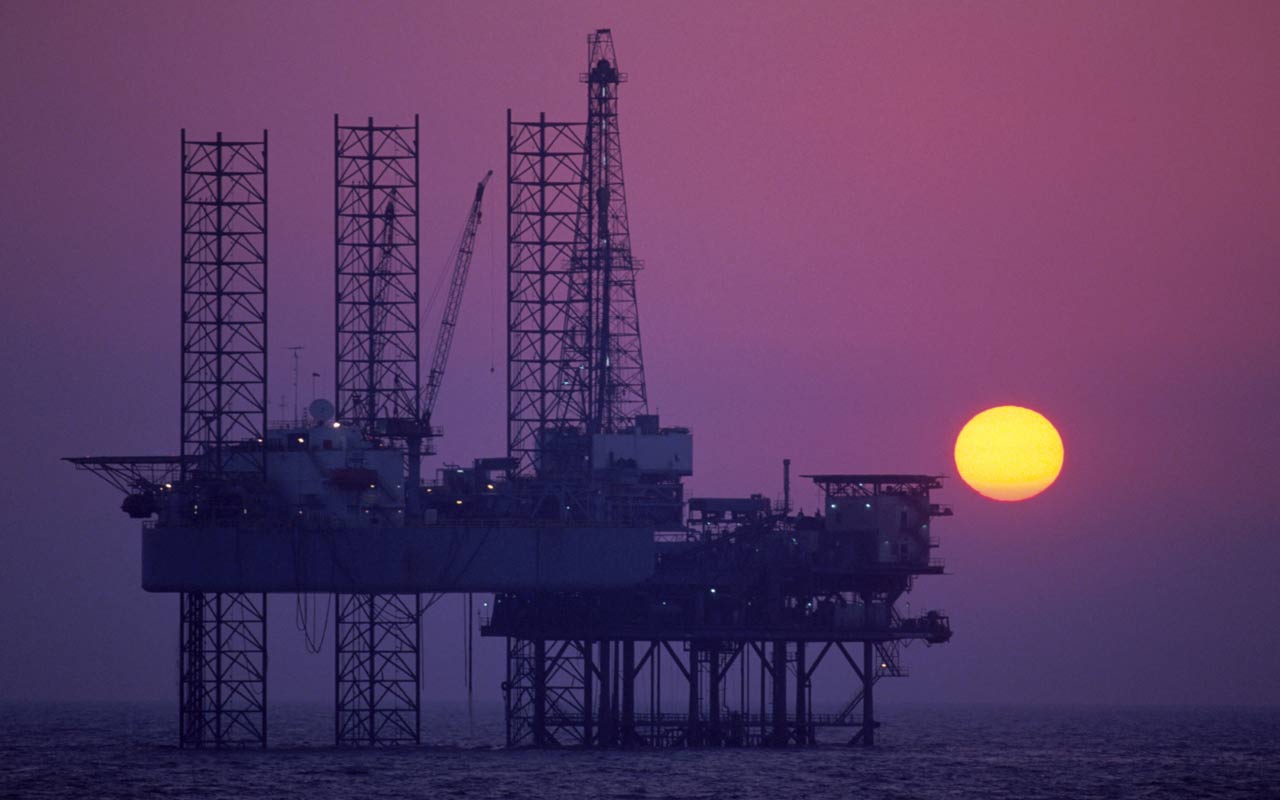
Frank’s International
- Share price: $16.31Headquarters: AmsterdamMarket capitalization: $2.5 billion52-week high/low: $21.50/$13.66
Frank’s International (FI) makes the steel casings that are used to protect the wellbore (or hole) when drilling for oil. And while E&P firms have been trimming costs, they cannot compromise on the casings, especially when they are engaged in complex offshore drilling projects. So although analysts believe that earnings at Frank’s, which is headquartered in the Netherlands but whose top brass work in Houston, will drop 36% this year, to $0.66 per share, profits are expected to hold essentially steady next year, at $0.62 per share.
Helping Frank’s is its position in the lucrative offshore drilling market, which generates the majority of the firm’s revenue. In the Gulf of Mexico, for example, production is forecast to reach 1.9 million barrels per day in 2016, surpassing a previous high set in 2009, according to Wood Mackenzie, an industry consultant. “Offshore projects are longer term in nature and require billions of dollars in spending,” says Rob MacDonald, comanager of the Thornburg Value Fund. “A company won’t stop a project that’s already in progress.” So, while U.S. land revenue in the second quarter was 35% less than during the second quarter of 2014, U.S. offshore sales declined just 20%.
Frank’s has the wherewithal to ride out low oil prices. Its net debt-to-EBITDA ratio was negative during the same reporting period, which indicates that Frank’s has more cash and cash-like investments than debt.

Helmerich & Payne
- Share price: $59.01Headquarters: Tulsa, Okla.Market capitalization: $6.4 billion52-week high/low: $105.50/$49.99
When the price of oil collapsed, so did demand for land rigs. In June, the U.S. rig count cratered at 859, down from 1,873 the year before. But since then, the number has climbed to 885, signaling that the worst may be over. That’s good news for Helmerich & Payne (HP). The company makes rigs with some of today’s most coveted technology, including the ability to steer through shale underground and drill horizontally. So as E&P firms look to operate more efficiently, Helmerich & Payne’s share of the market is expected to grow, says Thorsten Becker, comanager of the JOHCM Small Mid Cap Equity Fund. “I’d expect the stock to react favorably as the rig count moves up,” he says.
The turnaround may take a while, though. Only 47% of the company’s land rigs were in operation as of the end of July, down from 88% for the same period in 2014. So analysts expect earnings to fall 52%, to $3.01 per share, for the fiscal year that ends in September, and they see only 0.56 per share for the following 12 months. But H&P has more cash than debt on its books, which should allow it to ride out the rig slowdown. It will also support its $0.69-per-share quarterly dividend, which at today’s stock price equates to a generous 4.7% yield. Stewart Glickman, an analyst at S&P Capital IQ, has a 12-month price target of $61.
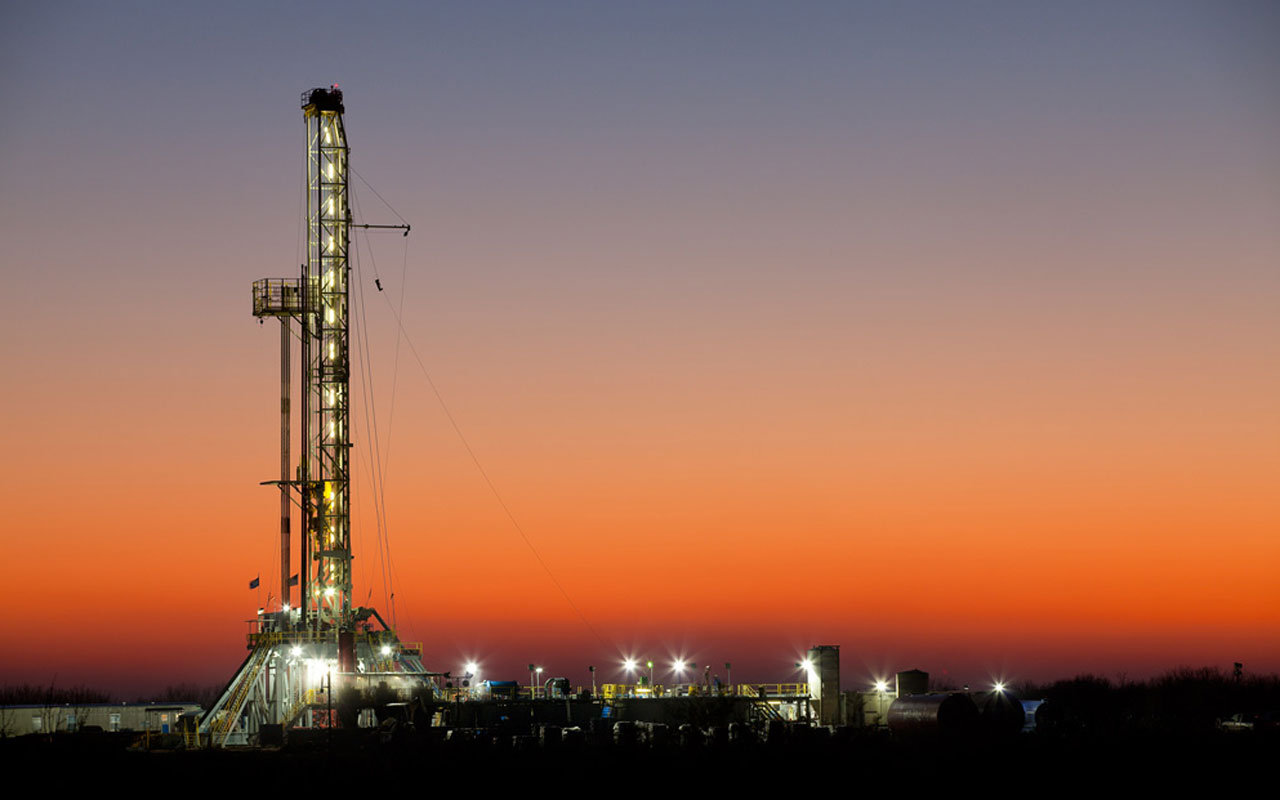
Newfield Exploration
- Share price: $33.31Headquarters: The Woodlands, Tex.Market capitalization: $5.4 billion52-week high/low: $44.66/$22.31
SCOOP and STACK may sound like ice cream parlor goodies, but the acronyms refer to two relatively untapped shale plays in Oklahoma where Newfield Exploration (NFX) is focusing its efforts. Top execs say 74% of the company’s capital investment will occur in these regions in 2015, and they estimate that production will rise 43% this year. That, along with cost reductions, should help Newfield’s earnings recuperate. In fact, analysts expect profits to fall by more than half, to $0.85 per share, in 2015 but to rebound to $1.06 per share in 2016. In the meantime, the company’s net debt-to-EBITDA ratio was a reasonable 2.2 at the end of June, and management projects that the ratio will be 2.0 at the end of 2015. “Production is going up and the wells are very profitable,” says JOHCM’s Becker. In the near term, the stock will remain volatile because of oil prices, but, he says, “there’s a lot of upside from here.”
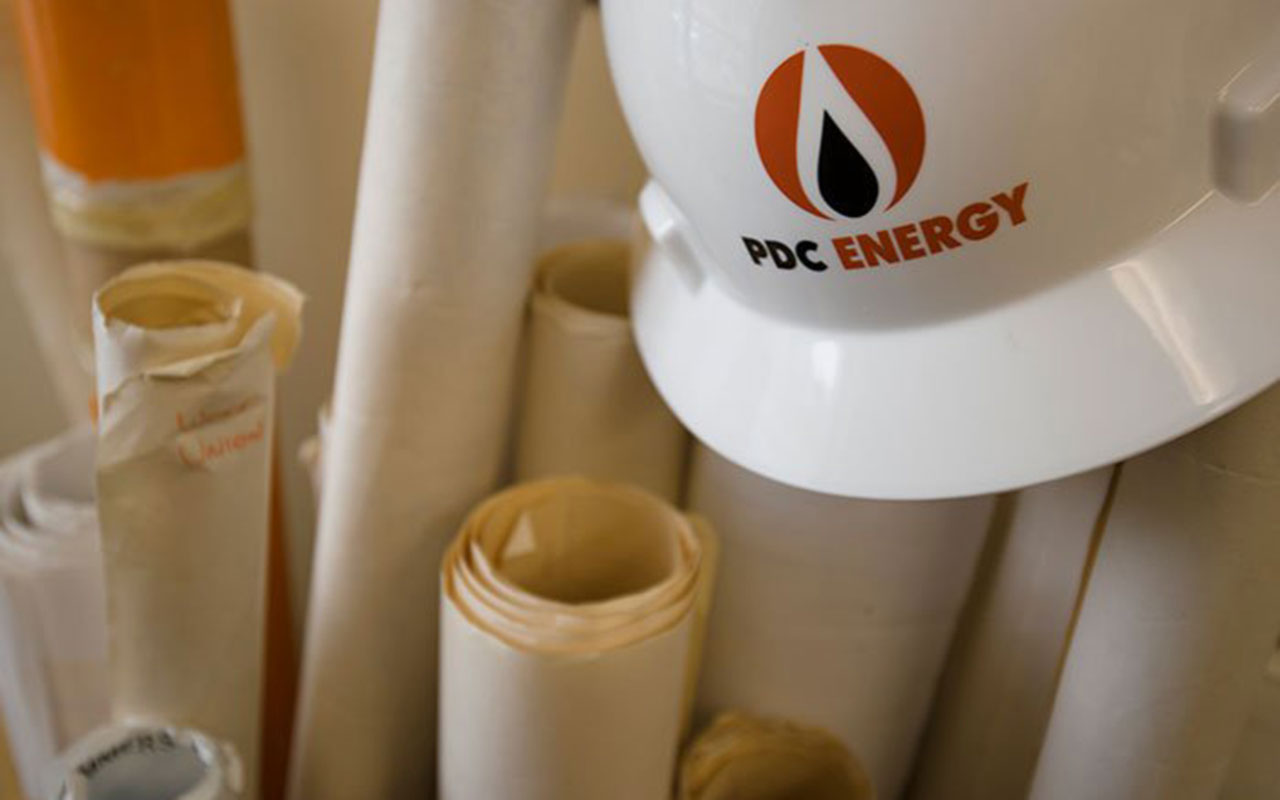
PDC Energy
- Share price: $56.18Headquarters: DenverMarket capitalization: $2.3 billion52-week high/low: $61.41/$27.91
PDC Energy (PDCE) sold off along with the rest of its E&P peers this summer. But the company’s prospects remain bright. PDC’s oil production jumped 41% in the first quarter and 46% in the second from the same respective quarters a year earlier. The firm is also trimming expenses. Second-quarter costs per well in the Wattenberg Field, in Colorado, dropped 25% for standard wells from the same period a year earlier and 28% for long horizontal wells.
And PDC has aggressively used hedges to lock in oil prices. For the remainder of 2015, 2.8 million barrels of the company’s oil are guaranteed an average price of $89 per barrel; in 2016, 4.1 million barrels of oil will carry an average price of $90. “The company has protected itself well,” says Westwood’s Costello. Following a loss last year, analysts expect PDC to earn $1.52 per share this year and $1.88 in 2016. And analysts project that PDC’s net debt-to-EBITDA ratio will be a reasonable 1.5 by the end of 2015.

Synergy Resources
- Share price: $10.74Headquarters: Platteville, Colo.Market capitalization: $1.1 billion52-week high/low: $13.75/$8.05
With its relatively small market value and low stock price, Synergy Resources (SYRG) may look like one of the riskier bets on this list. But despite appearances, the E&P firm is financially sound, thanks to its minimal debt. In fact, Synergy’s net debt-to-EBITDA ratio was negative as of the quarter that ended in May. “That puts Synergy in a very good position to accumulate acreage if the company sees some good opportunities,” Margard says.
Synergy isn’t hesitating. Today, the company works 89,000 acres in the Greater Wattenberg area, up from just 57,000 acres a year ago. Synergy has also been ramping up the number of horizontal wells it operates. That helped drive energy production up 95% during the March-May quarter compared with the year-earlier period. Analysts see profits sliding 30%, to $0.26 per share, in the fiscal year that ended on August 31, and remaining at $0.26 per share for the August 2016 fiscal year.
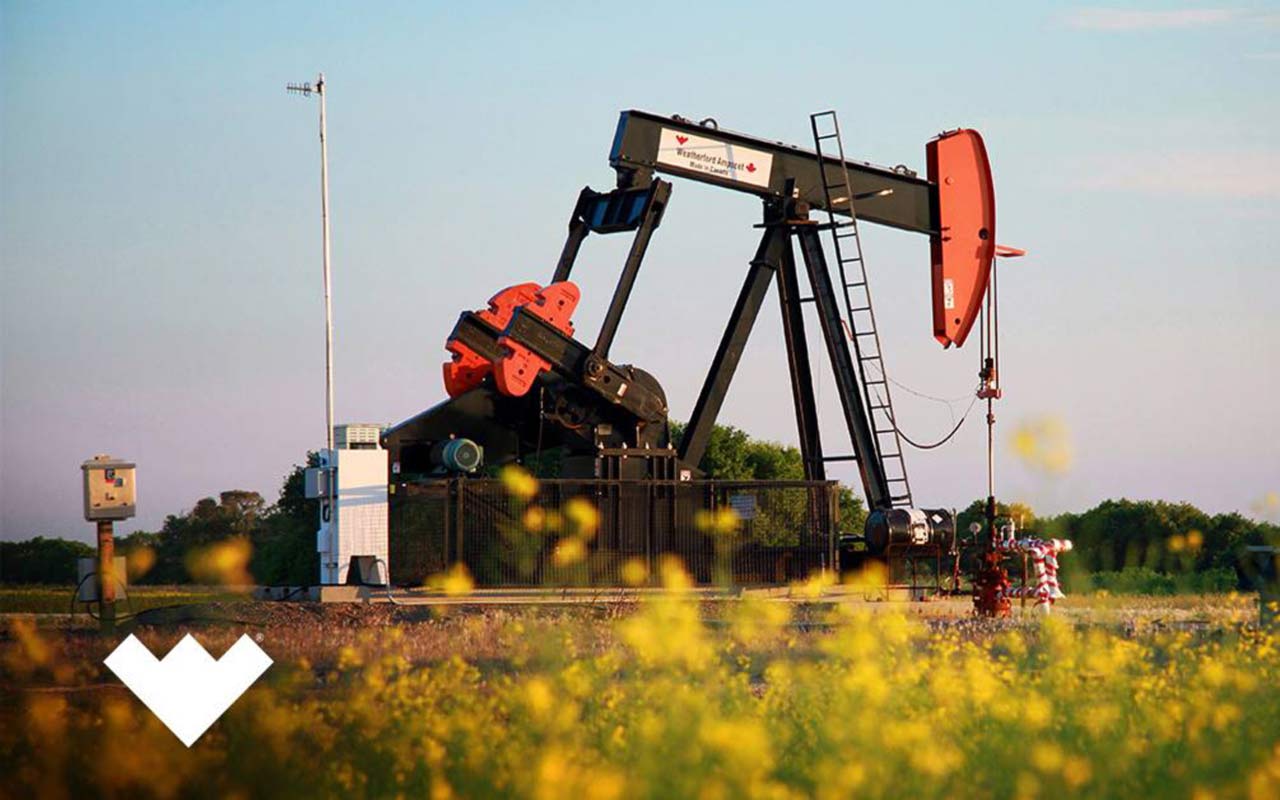
Weatherford International
- Share price: $10.15Headquarters: Baar, SwitzerlandMarket capitalization: $7.9 billion52-week high/low: $23.86/$7.21
Even before oil began to slide in June, Weatherford International (WFT) was facing challenges. The energy-services company, which is based in Switzerland but has operational headquarters in Houston, has been trying to overcome tax errors, cost overruns and allegations that Weatherford employees bribed foreign officials (the bribery challenges led to a $253 million settlement with the U.S. government in 2013). It is also digging out from a considerable debt load. Weatherford’s net debt-to-EBITDA ratio at the end of June was 3.1. The stock has stumbled 68% since July 2014.
The stock remains a risky bet, but the company is making efforts to turn things around. In November 2013, Weatherford hired Krishna Shivram from competitor Schlumberger to be chief financial officer. The following year, Weatherford sold $1.7 billion in non-core businesses and paid down $1.2 billion in debt. In recent months, the firm dismissed nearly 10,000 employees and in July, announced it would eliminate another 1,000 jobs. U.S. sales declined 14% during the second quarter from the year before, but international revenues fell just 2.7%, even as Weatherford reduced prices, which suggests the company is gaining ground in markets overseas. The question now is whether the company is doing enough—and doing it quickly enough—to survive low oil prices, says Morningstar analyst Stephen Simko. If it does, the stock could pop. Analysts expect the company to lose 27 cents a share in 2015, then rebound in 2016 with earnings of $0.09 per share.
Profit and prosper with the best of Kiplinger's advice on investing, taxes, retirement, personal finance and much more. Delivered daily. Enter your email in the box and click Sign Me Up.
-
 What to Do If You Plan to Make Catch-Up Contributions in 2026
What to Do If You Plan to Make Catch-Up Contributions in 2026Under new rules, you may lose an up-front deduction but gain tax-free income once you retire.
-
 If You'd Put $1,000 Into Lowe's Stock 20 Years Ago, Here's What You'd Have Today
If You'd Put $1,000 Into Lowe's Stock 20 Years Ago, Here's What You'd Have TodayLowe's stock has delivered disappointing returns recently, but it's been a great holding for truly patient investors.
-
 How to Max Out Your 401(k) in 2026 (New Limits are Higher)
How to Max Out Your 401(k) in 2026 (New Limits are Higher)In 2026, the maximum contribution limits for 401(k) plans have increased, giving you an excellent shot at maximizing your retirement savings.
-
 What Fed Rate Cuts Mean For Fixed-Income Investors
What Fed Rate Cuts Mean For Fixed-Income InvestorsThe Fed's rate-cutting campaign has the fixed-income market set for an encore of Q4 2024.
-
 The Most Tax-Friendly States for Investing in 2025 (Hint: There Are Two)
The Most Tax-Friendly States for Investing in 2025 (Hint: There Are Two)State Taxes Living in one of these places could lower your 2025 investment taxes — especially if you invest in real estate.
-
 The Final Countdown for Retirees with Investment Income
The Final Countdown for Retirees with Investment IncomeRetirement Tax Don’t assume Social Security withholding is enough. Some retirement income may require a quarterly estimated tax payment by the September 15 deadline.
-
 The 24 Cheapest Places To Retire in the US
The 24 Cheapest Places To Retire in the USWhen you're trying to balance a fixed income with an enjoyable retirement, the cost of living is a crucial factor to consider. Is your city the best?
-
 How Inflation, Deflation and Other 'Flations' Impact Your Stock Portfolio
How Inflation, Deflation and Other 'Flations' Impact Your Stock PortfolioThere are five different types of "flations" that not only impact the economy, but also your investment returns. Here's how to adjust your portfolio for each one.
-
 Why I Still Won't Buy Gold: Glassman
Why I Still Won't Buy Gold: GlassmanOne reason I won't buy gold is because while stocks rise briskly over time – not every month or year, but certainly every decade – gold does not.
-
 Should You Use a 25x4 Portfolio Allocation?
Should You Use a 25x4 Portfolio Allocation?The 25x4 portfolio is supposed to be the new 60/40. Should you bite?
-
 Retirement Income Funds to Keep Cash Flowing In Your Golden Years
Retirement Income Funds to Keep Cash Flowing In Your Golden YearsRetirement income funds are designed to generate a reliable cash payout for retirees. Here are a few we like.
